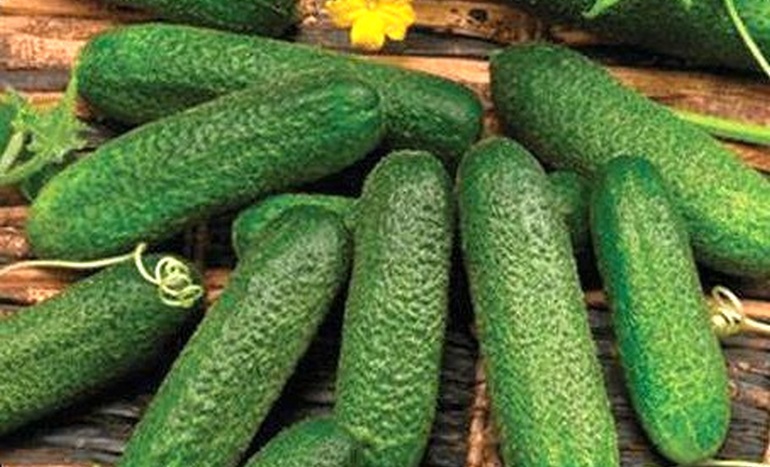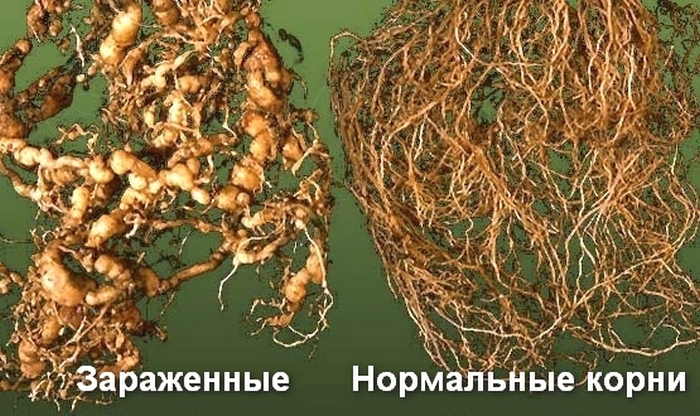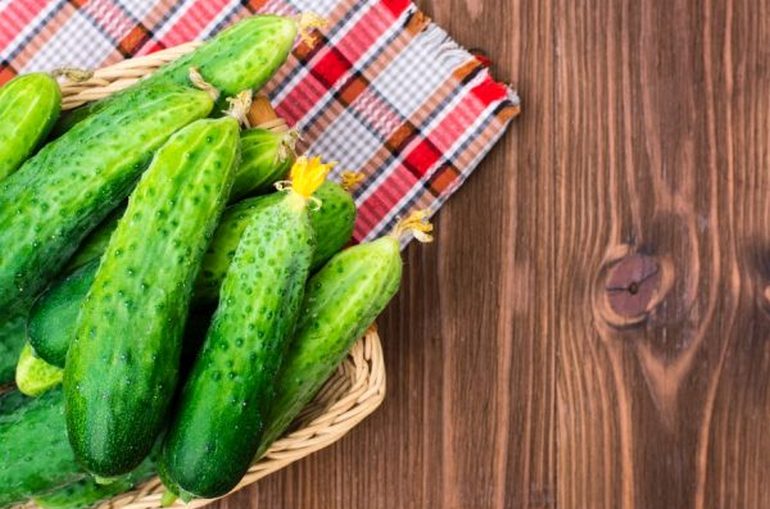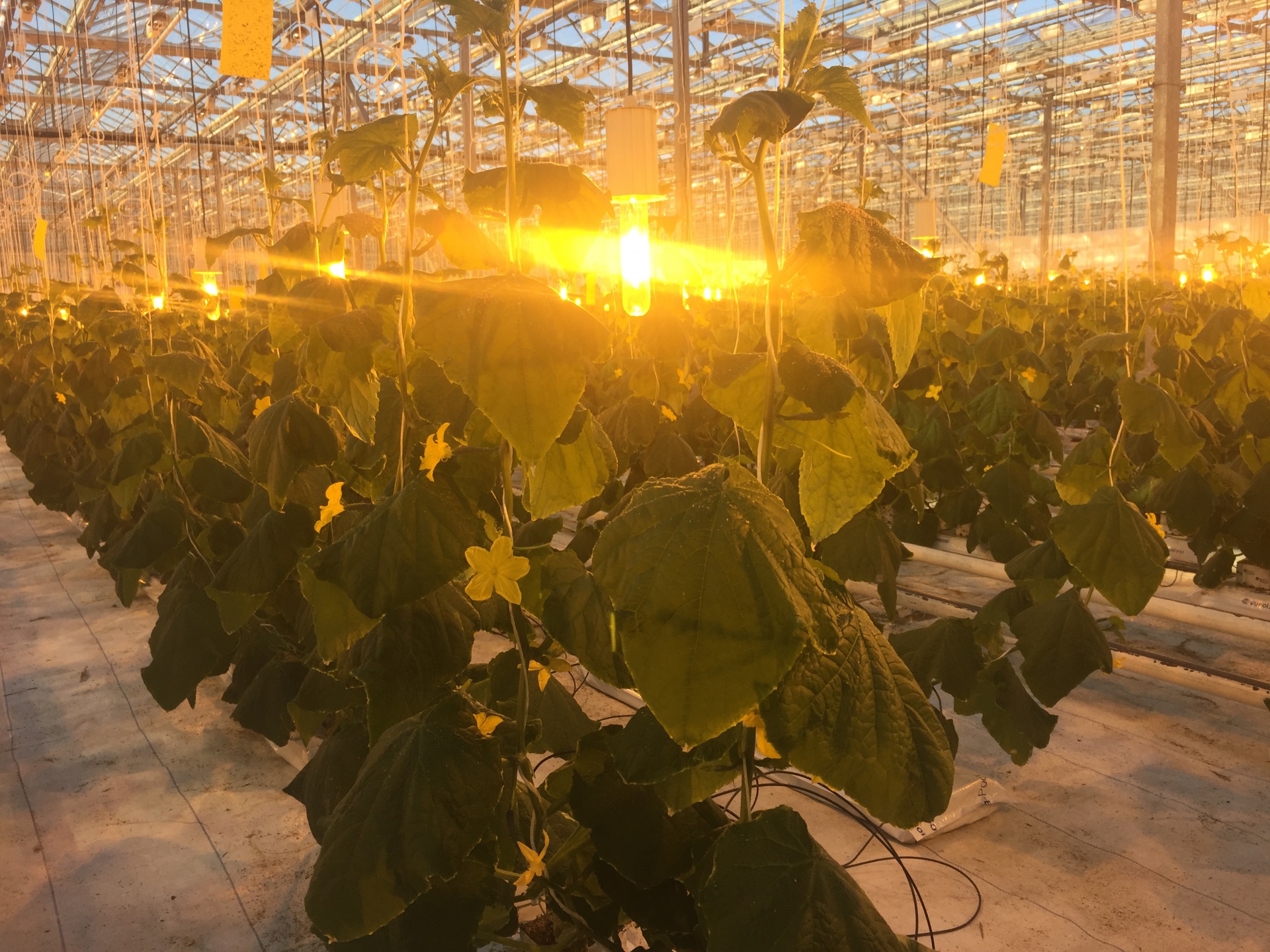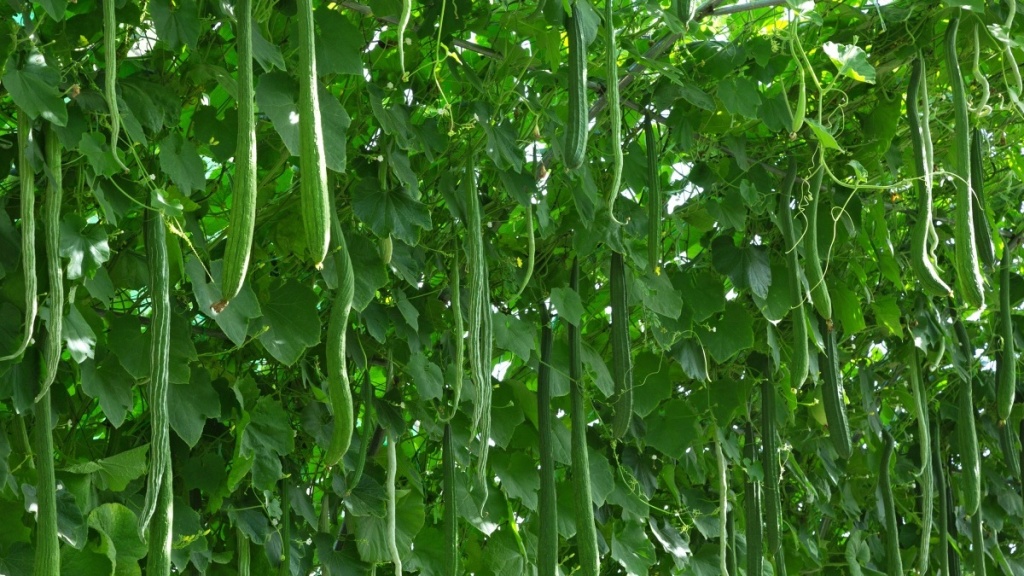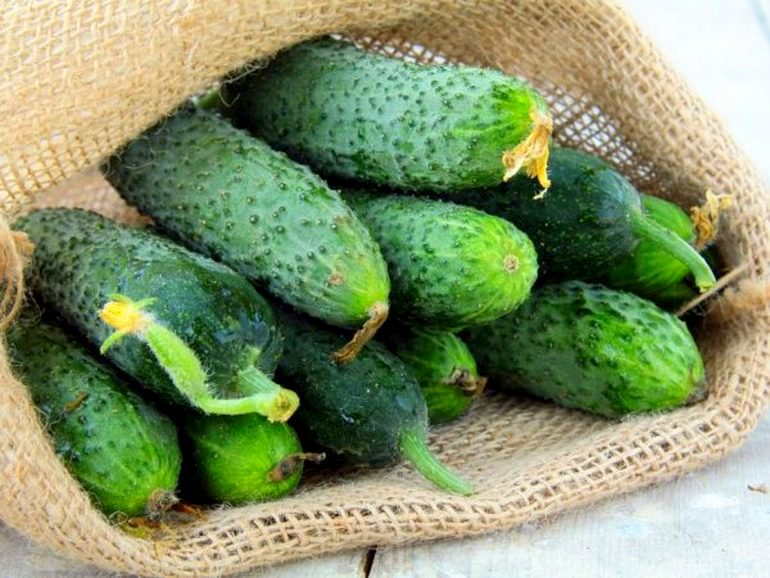Content:
Cucumber Claudine F1 is an early ripe hybrid developed by the Dutch company Monsanto. The variety was entered in the state register of the Russian Federation in 2008 and is recommended for cultivation in garden plots. Many gardeners consider Claudine to be an improved version of Claudia's gherkins.
Description and characteristics of the variety
Claudine is a high yielding hybrid suitable for outdoor cultivation, greenhouses and greenhouses, in a horizontal or vertical manner. The plant is self-pollinated, with female-type flowers, the main lash is not limited in growth. Open bush, small leaves do not interfere with harvesting.
The fruiting period begins 38-40 days after planting. Cucumbers are small-knobby, dark green in color, 10 to 12 cm long and weighing 100 to 120 g, have many small thorns. The fruits are distinguished by good crunchiness and lack of bitterness, as well as dense pulp with a small seed chamber.
Features of growing and care
The seeds are planted in open ground when the night temperature ceases to drop below 10 ° C and the soil temperature reaches 14-15 ° C. Before planting, the soil is well loosened and moistened.
The seeds are placed in the ground to a depth of 2 to 3 cm. The distance between neighboring plants should be 50 cm, and between rows - 30 cm.Despite the good resistance of the variety to temperature fluctuations, it is recommended to cover the crops with foil before the first shoots appear.
For growing cucumbers in seedlings, it is better to use peat tablets or plastic cups. Seedlings should be planted in a permanent place when night frosts have passed.
Plant care consists in regular watering, which is desirable in the evening. In addition, loosen, weed, and fertilize the soil every few weeks. Mineral additives are applied 2-3 times during the growing season. Subject to the minimum care, the bush forms 6-7 fruits at each node.
Diseases and pests
Claudine F1 cucumbers are immune to many common diseases: cucumber mosaic virus, powdery mildew and downy mildew. However, some types of insects can harm the plant:
- AphidAre small green bugs that colonize the underside of cucumber leaves. The number of one colony can reach several hundred individuals. Affected leaves curl up, and the plant gradually withers.
- Spider mite - a common pest that infects cucumbers growing in greenhouses and hotbeds. The insect fixes itself on the back of the leaf and drinks its juice, then the leaves become covered with cobwebs and begin to fade. Special preparations can help in the fight against the tick, and as a preventive measure, it is necessary to regularly loosen the ground.
- Gall nematode Is a microscopic worm about one and a half millimeters in size. The pest penetrates the root and releases toxic substances. As a result, the plant lags behind in growth, growths appear on it and larvae settle. Infected specimens must be destroyed immediately.
Advantages and disadvantages
The early maturity and high yield of Claudine characterize it as a versatile variety, suitable for growing in any area from the Moscow region to the northern strip of Russia.
The cucumbers remaining on the bush do not outgrow for a long time, and due to their good taste, the fruits can be eaten fresh and in salads. However, the Claudine variety has one significant drawback - cucumbers cannot be used for pickling, they soften and lose crunchiness.
